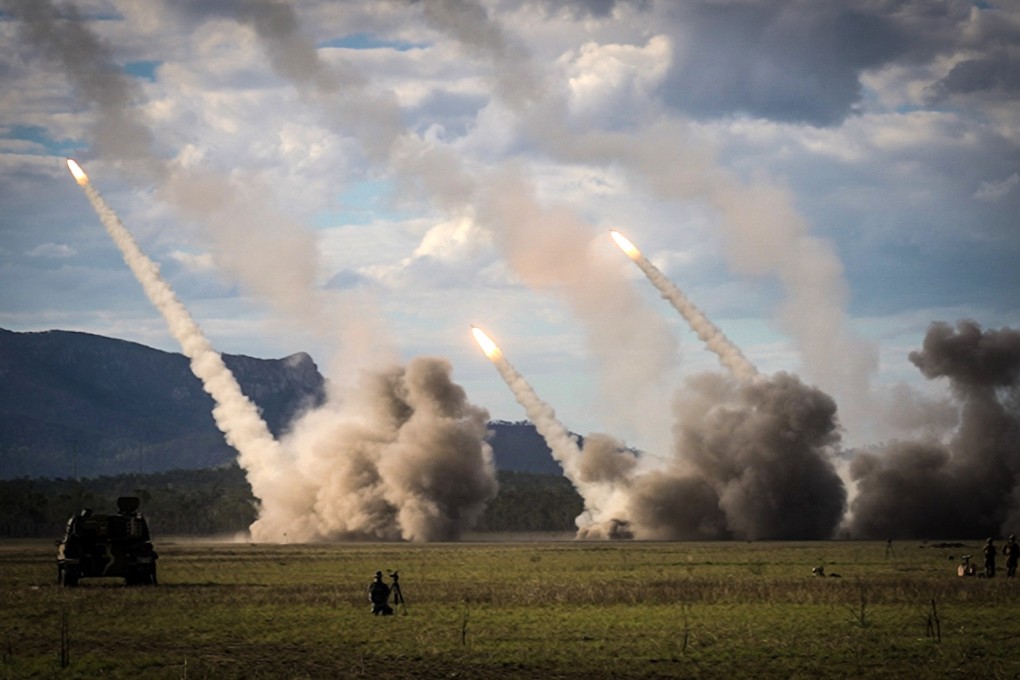Opinion | Does Australia really want to be at the front line of US aggression against China?
- The US is steering Australia towards becoming a bridgehead against China with AUSMIN promises of troops and help in producing guided missiles
- Canberra must re-evaluate its commitment to the US Indo-Pacific strategy if it genuinely seeks peace, prosperity and regional stability

As Australia and the United States work to deepen their military alliance, two major undertakings from the 33rd Australia-US Ministerial Consultations (AUSMIN) are set to drastically affect the balance of peace and stability in the Asia-Pacific.
These plans have sparked a maelstrom of media attention and public commentary. Despite this, Australian Defence Minister Richard Marles is optimistic and hopes to see the production of guided missiles start within two years. “Australia at this moment has no better friend than America,” he said.
The Ukraine conflict has highlighted the paramount significance of a seamless and uninterrupted supply chain in modern warfare, especially for ground-to-ground missiles. The complexities of this crisis are making increasingly clear the indispensable role of well-functioning ammunition distribution in maintaining tactical advantage and strategic efficacy on the battlefield.
